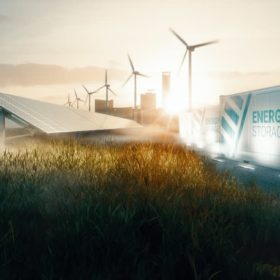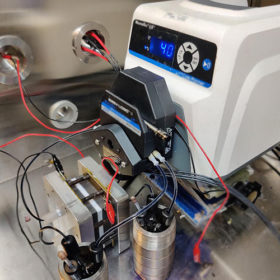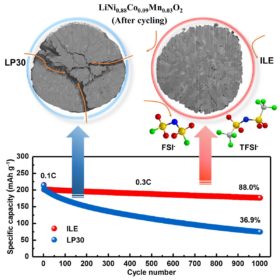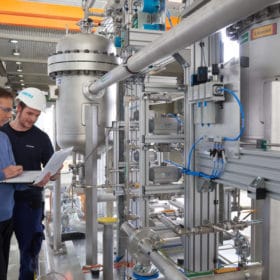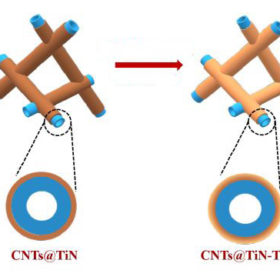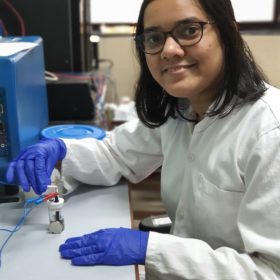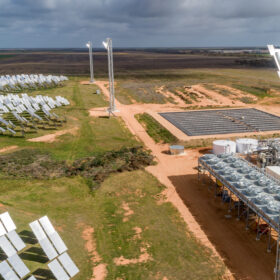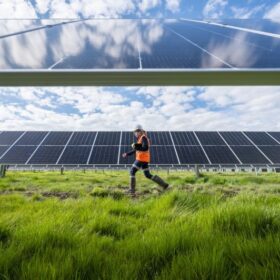Hydrogen must take centre stage at COP26
Hydrogen is likely to play a crucial role in the pursuit of energy transition over the coming years. However, the UN Climate Change Conference of the Parties (COP26) in Glasgow in November will be the acid test that determines whether involved players are now prepared to put their words into action.
Redox flow battery retains more than 90% of capacity over 6,000 cycles via new catholyte
The battery was built with a new catholyte and a symmetry-breaking strategy, which consists of changing the symmetry of the redox-active organic molecules instead of using the common approach of attaching a hydrophilic functional group.
US customs enforcement is jeopardising 2.1 GW of solar projects
Solar product detentions at U.S. ports of entry all stem from a June 24 “Withhold Release Order” issued by Customs and Border Protection.
Twiggy Forrest’s green hydrogen ambitions will require renewables at 3x Australia’s total energy consumption
In a campaign style speech, Andrew ‘Twiggy’ Forrest, founder of Fortescue Metals and one of Australia’s richest men, outlined his ambition of producing mammoth quantities of green hydrogen, a task he sees as imperative to stop the “planet cooking” while also cornering a market he believes will soon be worth trillions.
How solving energy poverty could afford renewables a twofold opportunity
Solar as a solution to poverty – it’s the route Brisbane-based charity SolarBuddy is taking, bringing Australian school children with it. Crucially though, the charity’s founder Simon Doble told pv magazine Australia it’s also a unique opportunity to learn about the rollout of clean technologies unencumbered.
Lithium-metal battery with capacity retention of 88% over 1000 cycles
German scientists have applied a new combination of cathodes and electrolytes to improve the stability of lithium-metal batteries. They fabricated a device with an energy density of 560 watt-hours per kilogram and a Coulombic efficiency of 99.94%.
Blue is not the new green
A new study from Stanford University and Cornell University shows that blue hydrogen can produce more greenhouse emissions than heat produced by coal and gas. The modelling classifies blue hydrogen emissions as carbon dioxide and unburned fugitive methane, as well as lifecycle emissions linked to the mining, transport, storage, and use of methane.
Lithium-sulfur battery with shorter charging time, longer lifespan
Japanese scientists have developed a new lithium-sulfur battery by using titanium oxide and titanium nitride to prevent the formation of polysulfides during the fabrication process. This allows the battery to retain 85% of its capacity after 500 cycles at 2 C.
Indian researchers increase hydrogen yield three-fold while using less electricity
Researchers at the Indian Institute of Technology Bombay (IIT Bombay) have devised a method that increases hydrogen production up to three times while significantly lowering the energy required for water electrolysis.
Harnessing heat in solar cells with thermionics
Scientists in Canada evaluated the potential of a lesser-known approach to boosting solar generation efficiency. Thermionics uses heat from the sun to generate electricity, and could be combined with photovoltaics to create devices with better than 40% efficiency from a single junction. In their evaluation, the scientists find promising pathways for further research, despite a mountain of challenges that will need to be overcome.
